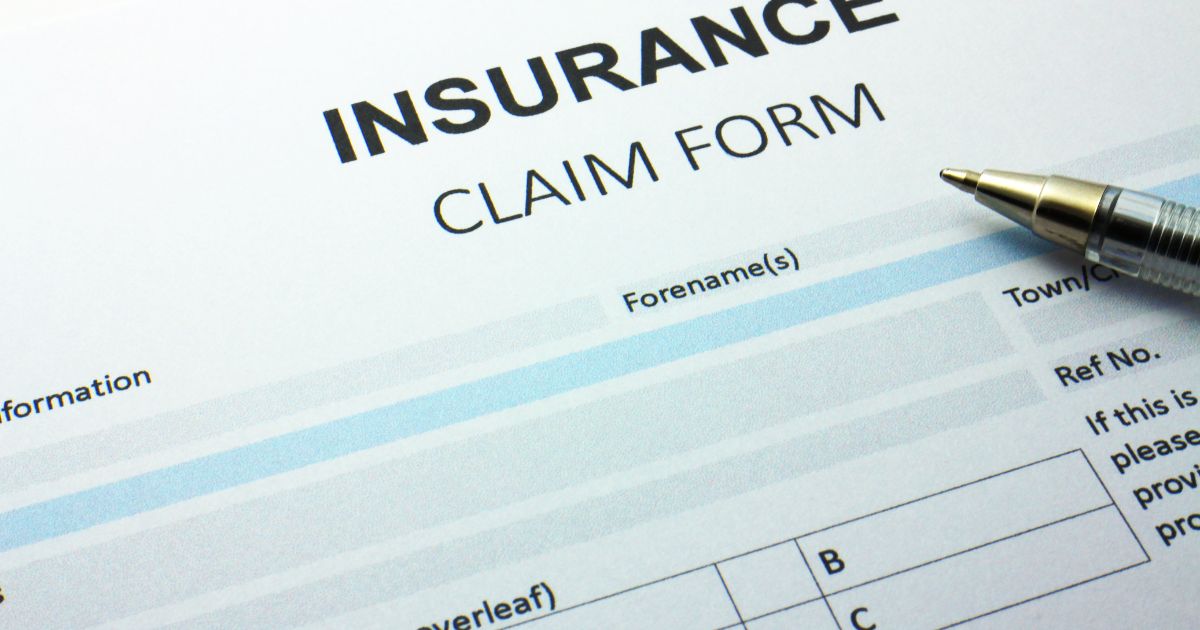When a motor vehicle accident occurs, understanding the timeline for filing an insurance claim or lawsuit is crucial for seeking compensation. This guide provides insights into the process, addressing key questions about when and how to file a claim after a collision.
Fixling an Insurance Claim vs. Filing a Lawsuit:

Understanding the distinction between filing an insurance claim and a lawsuit is essential. Most car accident cases are resolved through insurance claims, either with your own insurer or the at-fault driver’s insurer. However, if disputes arise or fair compensation is not offered, a lawsuit may become necessary.
Timeline for Filing an Accident Claim with Insurance:
The time to file a claim after an accident can vary by state and insurance company. While many states allow insurers to set their own rules, some, like New York, have specific deadlines. It’s crucial to file promptly, as delayed claims may face denials due to difficulties in assessing damages.
Statute of Limitations:
Every state has a statute of limitations determining the maximum time for filing a lawsuit. This timeframe varies, ranging from one to six years for personal injury and property damage claims. It’s imperative to research and adhere to your state’s limitations to avoid a time-barred case.
Importance of Prompt Claim Filing:
Initiating your claim as soon as possible offers several benefits, including easier evidence collection, fresh recollection of details, and improved chances of proving damage resulted from the collision.
Consequences of Delaying Your Claim:
Delaying a claim, whether for an insurance settlement or a lawsuit, can have adverse consequences. It may lead to denial based on exceeding the statute of limitations or insurer prejudice. It is crucial to understand and comply with the applicable deadlines.
Filing Your Claim with the Right Party:
Knowing whom to file your claim against is essential. If you’re at fault, you’ll likely file with your insurer, while if another driver is responsible, a third-party claim against their insurer is necessary. Understanding fault and insurance coverage in your state is crucial for a successful claim.
Insurance Claims in Fault vs. No-Fault States:
Understanding whether your state follows fault or no-fault rules is critical. In no-fault states, claims for minor injuries go through your insurer, while in fault states, third-party claims against the at-fault driver’s insurance are common.
How to File Your Insurance Claim?

Filing a car accident claim involves specific steps, including researching timeframes, contacting insurers, providing evidence, and interacting with insurance adjusters. Understanding the process streamlines your claim for a fair and timely resolution.
Statute of Limitations on Car Insurance Claims by State:
| State | Bodily Injury | Property Damage |
| Alabama | 2 years | 2 years |
| Alaska | 2 years | 2 years |
| Arizona | 2 years | 2 years |
| Arkansas | 3 years | 3 years |
| California | 2 years | 3 years |
| … |
Read Also:
Understanding Car Insurance Denied Claims
FAQs:
How long do I have to file an insurance claim after a car accident?
The timeframe varies by state and insurance company. Research your policy and state laws to ensure prompt filing, avoiding potential claim denials.
Can I file a lawsuit if I’m not satisfied with the insurance settlement?
Yes, if disputes arise or the offered compensation is deemed unfair, filing a lawsuit may become necessary. Be aware of your state’s statute of limitations.
What happens if I delay filing my insurance claim?
Delays can lead to claim denials, especially if they exceed the statute of limitations or prejudice the insurer. Timely filing is crucial for a successful claim.
How do I know if my state follows fault or no-fault rules?
Research your state’s insurance laws. In no-fault states, claims go through your insurer regardless of fault, while fault states involve third-party claims against the at-fault driver.
Conclusion:
Navigating the process of filing an insurance claim or lawsuit after a car accident requires understanding the applicable timelines and rules. By adhering to deadlines, providing necessary evidence, and following the correct procedures, you can increase the likelihood of a fair and timely resolution for your claim. Remember to stay informed about your state’s specific regulations to ensure a smooth claims process.



